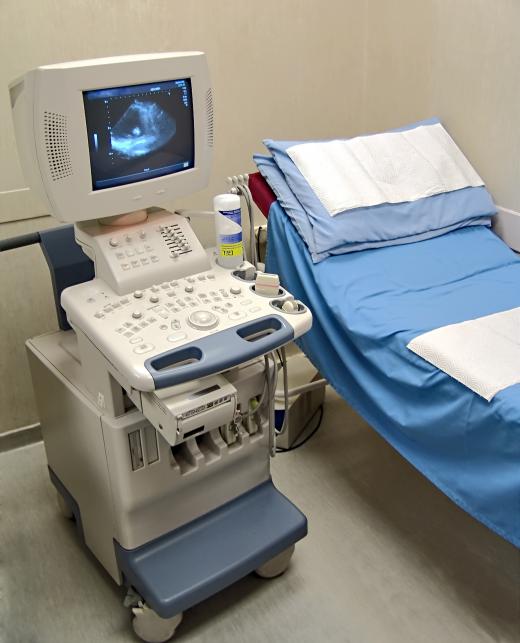What is Piezoelectricity?
 Michael Anissimov
Michael Anissimov
Piezoelectricity is a form of electricity created when certain crystals are bent or otherwise deformed. These same crystals can also be made to bend slightly when a small current is run through them, encouraging their use in instruments for which great degrees of mechanical control are necessary. This is called converse piezoelectricity. For example, scanning tunneling microscopes (STMs) use piezoelectric crystals to “scan” the surface of a material and create images of great detail. Piezoelectricity is related to pyroelectricity, in which a current is created by heating or cooling the crystal.
The property of piezoelectricity is dictated by both the atoms in the crystal and the particular way in which that crystal was formed. Some of the first substances that were used to demonstrate piezoelectricity are topaz, quartz, tourmaline, and cane sugar. Today, we know of many crystals which are piezoelectric, some of which can even be found in human bone. Certain ceramics and polymers have exhibited the effect as well.

A piezoelectric crystal consists of multiple interlocking domains which have positive and negative charges. These domains are symmetrical within the crystal, causing the crystal as a whole to be electrically neutral. When stress is put on the crystal, the symmetry is slightly broken, generating voltage. Even a tiny bit of piezoelectric crystal can generate voltages in the thousands.
Piezoelectricity is used in sensors, actuators, motors, clocks, lighters, and transducers. A quartz clock uses piezoelectricity, as does any cigarette lighter without a flint. Medical ultrasound devices create high-frequency acoustic vibrations using piezoelectric crystals. Piezoelectricity is used in some engines to create the spark which ignites the gas. Loudspeakers use piezoelectricity to convert incoming electricity to sound. Piezoelectric crystals are used in many high-performance devices to apply tiny mechanical displacements on the scale of nanometers.
Even though a piezoelectric crystal never deforms by more than a few nanometers when a current is run through it, the force behind this deformation is extremely high, on the order of meganewtons. This deformational power is used in mechanics experiments and for aligning optical elements many times heavier than the piezoelectric crystal itself.
AS FEATURED ON:
AS FEATURED ON:











Discussion Comments
what is a basic theory behind it?
i found two pronunciations in an online dictionary...i guess either would be correct. you can pronounce it either "pahy-ee-zoh" or "pee-ey-zoh." i prefer the latter!
How is piezoelectric pronounced? Is it pee ay zo or peet zo?
Post your comments